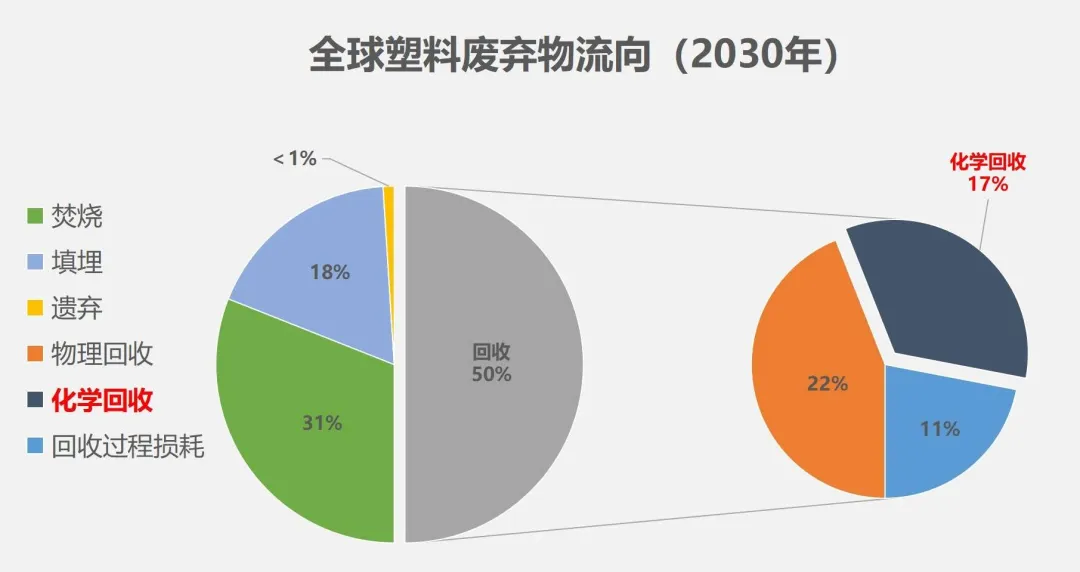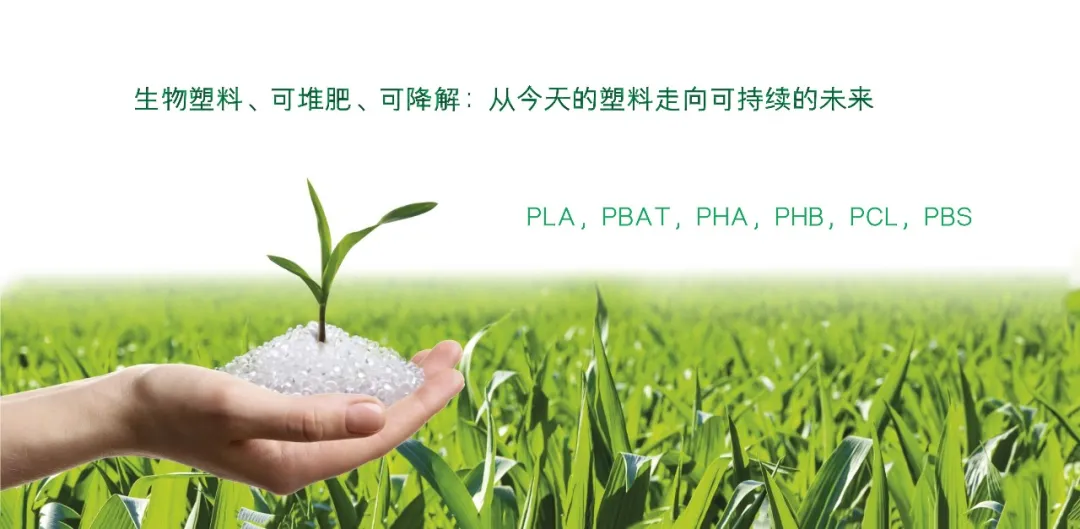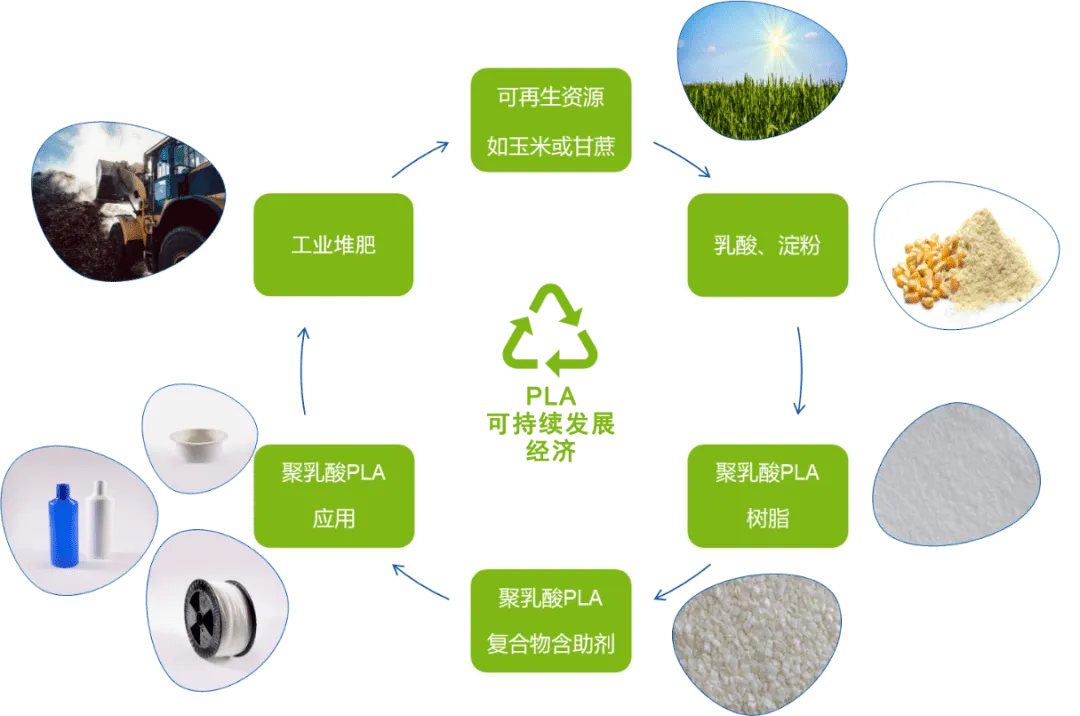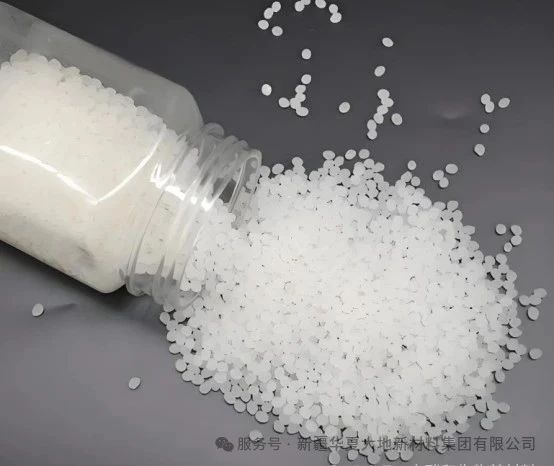In the international community, there is particular concern about the plastic pollution crisis. The seriousness of plastic pollution has not been able to escape, and countries have introduced restrictions on disposable plastic products that are not easy to recycle and pollute, and have also promoted the application of biodegradable materials. However, relatively little attention has been paid by the media and the public to the impact of plastics on climate change. Why the flood of plastic threatens the global climate Could the entry of biodegradable plastics in some way help combat climate change?
Why the flood of plastic threatens the global climate
Tackling climate change is a top global issue today. According to the United Nations Intergovernmental Panel on Climate Change (IPCC) issued the "Global warming 1.5 ° C Special report" : Global warming must be controlled within 1.5 ° C, otherwise the earth will usher in a devastating climate after 2030, when human society and ecosystems will be seriously affected.
In response, the international community reached the Paris Agreement on climate change in December 2015. The agreement sets an ambitious goal of limiting the rise in global temperatures to 2 ° C over pre-industrial levels by this century, and striving to limit it to 1.5 ° C.
However, every stage of the plastic life cycle emits greenhouse gases, threatening the achievement of our global climate goals. On current trends, cumulative greenhouse gas emissions from plastics could exceed 56 billion tons by 2050, or 10 to 13 percent of the total remaining carbon budget. The bigger threat lurking behind plastic waste is climate change.
Limiting warming to 1.5 ° C is not impossible, but requires immediate and unprecedented action on greenhouse gas emissions from plastics.
In order to cope with climate change, in 2020, China proposed to strive to achieve carbon peak by 2030 and carbon neutrality by 2060.

Could the entry of biodegradable plastics in some way help combat climate change?
With the introduction of the concept of carbon neutrality, bio-based materials, even bio-based degradable materials, have attracted extensive attention due to their good environmental protection characteristics. Among them, bio-based degradable materials have ushered in rapid development under the current plastic ban policy in China, and the bio-manufacturing of PLA, PHA, and PBAT upstream BDO have received widespread attention.
In addition, natural polymers such as starch and cellulose have also ushered in rapid development, and can be directly modified to produce products, such as pure starch straws and cellulose tape. And for the degradation of materials in the field of modification, filler applications. In addition, the high-value application of agricultural waste such as straw is also one of the main hot spots in the industry.
It is generally believed that the total life-cycle greenhouse gas emissions of biodegradable plastics are generally lower than those of ordinary plastics (i.e. petroleum-based non-degradable plastics). In addition, in the waste management stage, compared with the incineration of ordinary plastics, the biochemical treatment of biodegradable plastics for composting is conducive to greenhouse gas emission reduction.
Application of bio-based plastics
In recent years, the application range of bio-based plastics has become more and more diversified:
Bio-based plastics are mainly used in packaging (hard packaging, soft packaging), textiles, automotive and transportation, consumer goods, agriculture and horticulture, coatings and adhesives, building and construction, electronics and electrical appliances, and other industries. Bioplastics are suitable for the packaging industry because of their good gloss, good barrier, electrical resistance and printing properties. Therefore, the packaging industry is the largest application area of bioplastics, accounting for about 47% of the total bioplastics market, nearly 1 million tons;
The bioplastics used in textiles account for about 11% of the total bioplastics, and the largest proportion is PTT. The largest proportion of bioplastics used in automotive and transportation is bio-based PA. It is worth mentioning that PLA is also widely used in packaging and textile fields because of its good performance and processing performance.

The substitution of biomass raw materials for petroleum-based raw materials, biochemical combination or biological method is the key direction of the development of chemical manufacturing industry, and the application of bio-based materials will usher in broader development with the arrival of China's two-carbon goal of carbon neutrality.








